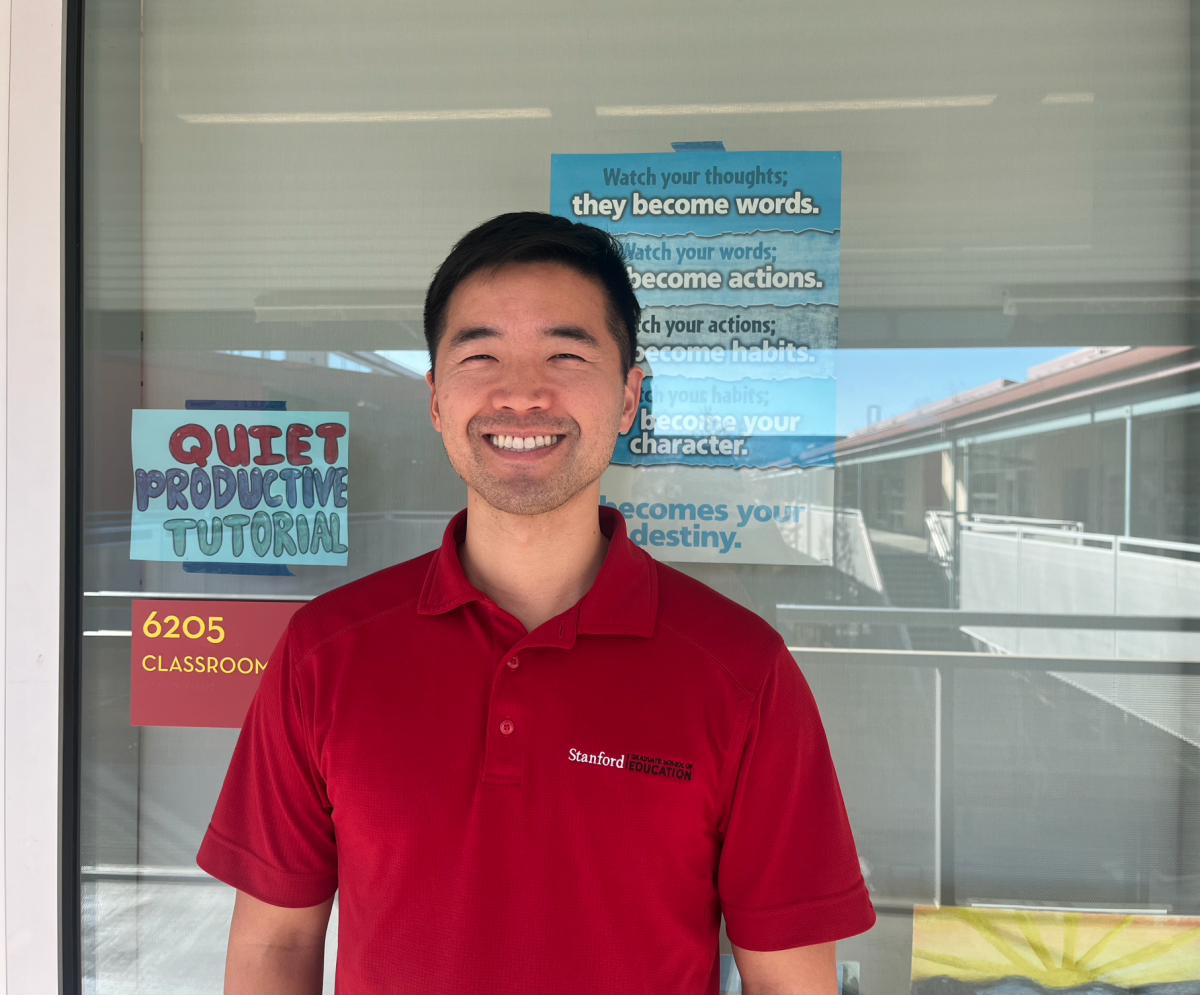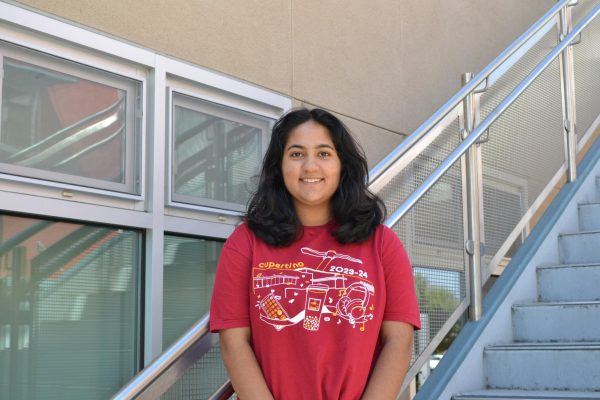Since Cupertino High School’s birth in 1958, the academic culture of both the school and the surrounding community has shifted continuously to match a growing society.
In the initial years of Cupertino High, overwhelming community support and a strong administrative structure helped make the school successful. Soon after, however, changes in staff and student mindsets drastically altered the school’s operation.
The late 20th century dealt with a growing awareness of issues regarding education accessibility and race-based discrimination. To make education more inclusive, Tino formed the Learning Center through the support of staff led by Dorothy Emerson. Their work helped create a space for students with disabilities to receive a strong education in life skills, work experience and other important abilities. To combat racial issues, the school used the Multicultural Committee to adjust the curriculum and host fairs; simultaneously, department changes occurred to meet the changing community and demographics.
From the 1970s to the 90s, these trends repeated to expand and reflect the city of Cupertino. In 1988, a continuation school was established to support students who were academically struggling or needed other forms of support. In 1999, Tino’s mission to provide accessible education continued through the program Academic Communication, which provided social-emotional support and emphasized the school’s mission of inclusivity. These academic values have continued in recent years of Tino’s history, through the current programs of AVID, Terranova, the Best Buddies club and tutoring resources.
Demographics during this period increased the number of Asian American students on campus, also reflecting a new attitude of motivated students preparing for higher education in college by taking more AP classes. Even school administrators began to emphasize overall academic success by motivating students to do well on Standardized Testing and Reporting and California High School Exit Exam tests.
Increased levels of student stress came hand in hand with the community’s attitude towards academic success.
Nikki Merrick, an Advanced Placement English Literature teacher at Tino for almost three decades, experienced the shifts in academic culture at Tino firsthand over the years.
Said Merrick, “When I first started, there were a number of teachers that had been here a really long time and were very traditional in their approach to the content of what we taught, as well as the approach to how things were taught.”
As years went on, academic freedoms for both teachers and students diversified to make room for new curricula and updates that truly reflected the student body. With time, however, the academic pressure has also grown tremendously.
“Kids are very focused. […] I mean, there are kids here who are just doing so many tremendous things that I think that unfortunately, there’s not a lot of room kids feel for just being a kid,” said Merrick.
Another major factor in changing academic culture is the role of technology in education. Access to infinite online resources has permanently changed the way students can learn and classes are taught.
Said Merrick, “The attention span of kids today is far less, the reading endurance is much, much lower. Now, kids are incredibly squirrely, and they have a really hard time reading something that’s not on a screen or checking their phones.”
While technology may have its drawbacks, it adds to the accessibility of learning in many ways.
“There are some kids, for example, who can retain information better if they listen to it. I feel like giving kids choice for how they read things is very much a new approach,” Merrick said.
Another major transition that has affected academics is the administrative leadership that switched in 2007 when Kami Tomberlain became principal. This period also signified the rise in concern and care for the student body with the implementation of schoolwork revision or redemption, a school wellness center and weighting grade books. These academic changes became necessary to mitigate the high stakes of education and the difficulty level of classes for students.
Said Merrick, “I feel like now we’re much more mindful about that. And I think that’s a real benefit and a real good change.”







